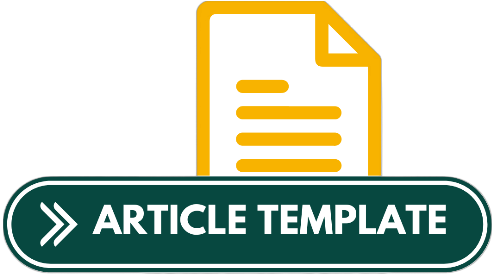Peningkatan Kualitas Lingkungan Daerah Aliran Sungai Solo Berbasis Interactive Participation
DOI:
https://doi.org/10.32722/pt.v19i1.2401Keywords:
Watershed, Quality, Environment, Interactive Participation, SocietyAbstract
The river has a strategic role as a buffer for people's life so that the quality of the river affects surrounding environment. The development in various fields was a change in land use and environmental damage that caused a decrease in the hydrological function of the watershed and a decrease in environmental quality. The decline in environmental quality has not received special attention from both the government and the surrounding community, therefore an effort to improve the quality of the environment based on interactive participation is needed. The method used in this research is descriptive qualitative, so that in the analysis of problems and making models which are the final results of the study will be based on qualitative analysis. The research phase starts with the identification of the problem, then continues the process of collecting primary and secondary data. After the data is fulfilled, an analysis process is carried out which results in a simple design of an interactive participation-based community empowerment model. Based on the results of data analysis, the Solo DAS is in a critical condition, where the conditions describe the number of hydrological disasters that occurred. Land use in Solo watershed has changed, currently, the land is dominated by rice fields (irrigation and rainfed), gardens, fields and settlements. The maximum daily rainfall in Solo watershed is around 73 - 186 mm/ day, supported by relatively flat landforms, so it can be concluded that the Solo watershed is a flood-prone area. From the results of data analysis, it was also found that the higher the level of education, the higher the level of awareness in maintaining and improving the quality of the environment. The level of community education in the Solo DAS is quite good, so that appropriate community empowerment is interactive participation. The great opportunity for the community to be directly involved shows that the appropriate model of interactive participation empowerment is the Bottom Up model.
Downloads
References
Peraturan Pemerintah No.33 Tahun 1970 tentang Perencanaan Hutan. 1970.
M. Hobley, “Participatory Forestry: The Process of Change in India and Nepal. In Rural Development Forestry Study Guide 3. London: Rural Development Forestry Network,” Press, University, 1996.
Keputusan Menteri Kehutanan Republik Indonesia No: SK.328/Menhut-II/2009. 2009.
R. Setyowati, “Studi Literatur Pengaruh Penggunaan Lahan Terhadap Kualitas Air,” J. Ilmu-Ilmu Tek., vol. 12, no. 1, pp. 7–15, 2016.
D. Paimin, “Sidik Cepat Degradasi Sub Daerah Aliran Sungai (Sub DAS). Bogor: Badan Penelitian dan Pengembangan Kehutanan,” 2010.
BPS, “Jawa Tengah dalam Angka 2019,” 2019.
BPS, “Jawa Timur dalam Angka 2019,” 2019.
Bank Indonesia, “Laporan Perekonomian Indonesia Tahun 2017 Jakarta,” 2017.
D. Susilowati, “Peran Serta Masyarakat dalam Meningkatkan Kualitas Lingkungan Daerah Aliran Sungai Ciliwung,” J. Poli-Teknologi, 2012.
Downloads
Additional Files
Published
How to Cite
Issue
Section
License
Copyright (c) 2020 Jurnal Poli-Teknologi

This work is licensed under a Creative Commons Attribution-ShareAlike 4.0 International License.







